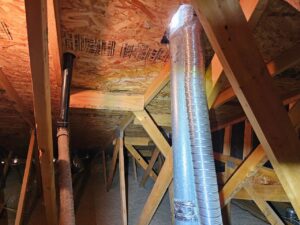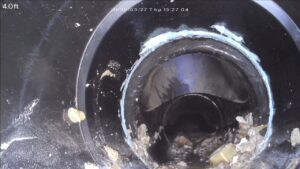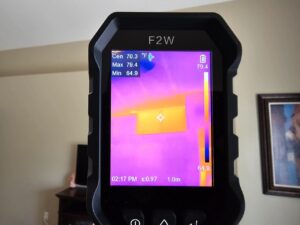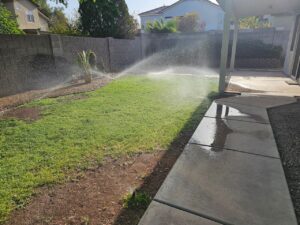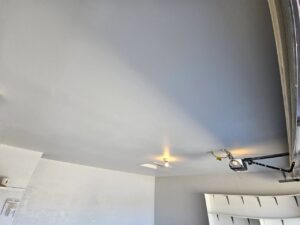When most folks think about water damage, they picture roof leaks, soggy drywall, or a flood in the basement. But here’s the thing—some of the worst moisture problems start down low, right at the foundation. And the trouble is, you might not even see the damage until it’s already serious. Whether you’ve got a concrete slab in sunny Arizona or a modular home sitting up on piers, keeping water away from the structure is one of the smartest ways to protect your home.
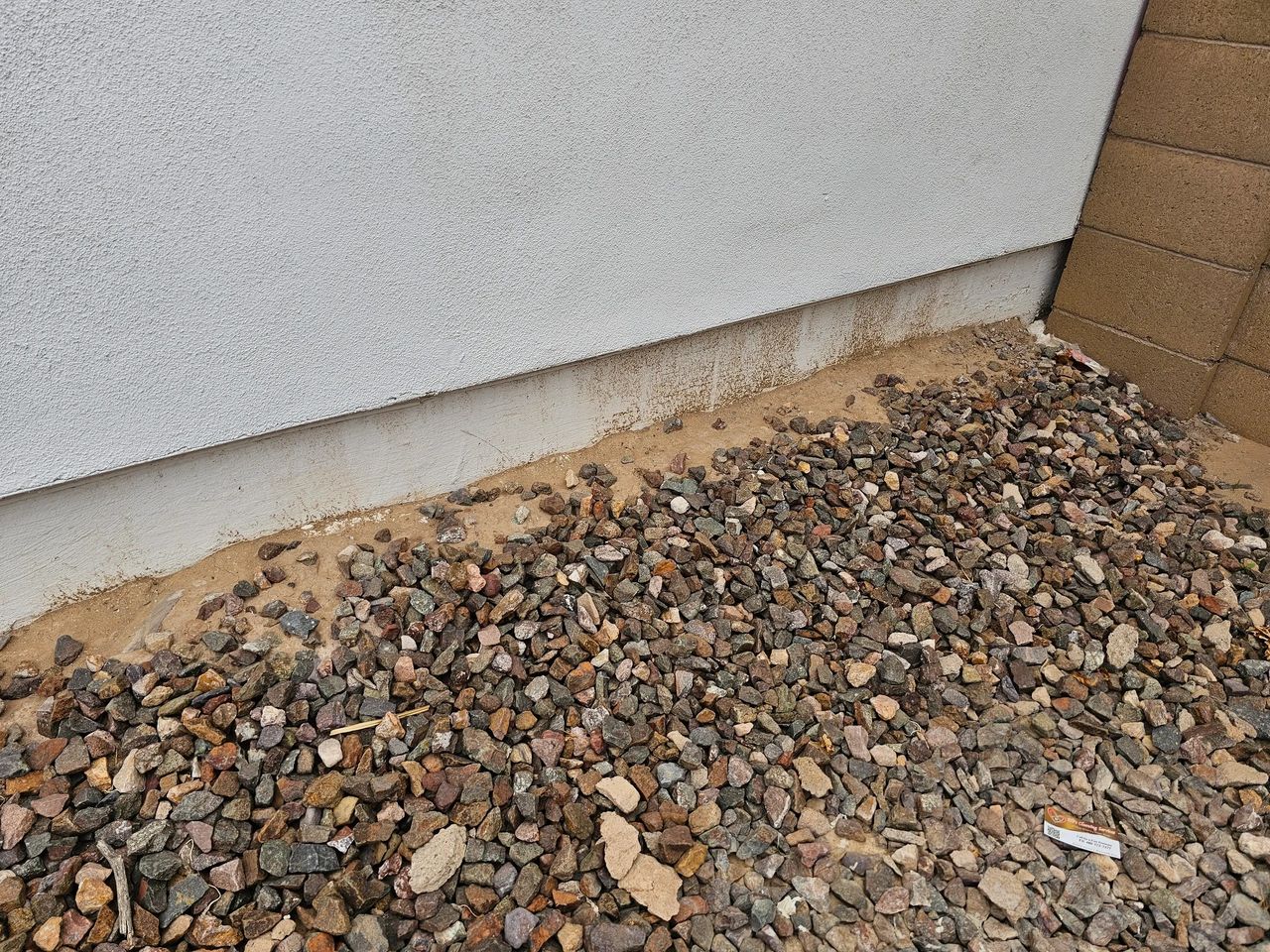
As a home inspector, I run into moisture-related foundation issues more often than you’d think. It’s especially common in areas with expansive soil, poor grading, or aging plumbing. Let’s take a closer look at how moisture gets in, what kind of damage it causes, and—most importantly—how to keep it from undermining your home from below.
Moisture and Slab Foundations: Trouble Beneath Your Feet
What’s a Slab Foundation?
A concrete slab is a flat chunk of concrete poured directly on the ground. It’s simple, solid, and common in places like Arizona where frost isn’t a big concern. But even slabs can run into trouble when moisture gets involved.
How Water Affects Slabs:
Hydrostatic Pressure: When the ground gets saturated, water builds up underneath the slab and starts pushing upward. That pressure can cause cracks, heaving, or shifting over time.
Soil Expansion & Contraction: A lot of our local soils have clay, which swells when wet and shrinks when dry. This constant movement stresses the slab and can cause cracks or uneven settling.
Erosion: Leaky plumbing or poor drainage can wash away the soil under the slab, leaving it unsupported and vulnerable to sinking.
Signs to Watch For:
Cracks in tile or concrete floors
Sticking doors or windows
Cracks in walls, especially near corners or above openings
Musty smells or water stains near the floor
Modular and manufactured homes usually sit on piers—those are supports made of concrete blocks, poured footings, or even helical posts. There’s a crawlspace underneath, which makes repairs easier—but it also makes moisture problems more likely if things aren’t sealed up tight.
How Moisture Causes Damage:
Wood Rot: If the wood under the home stays damp, it’ll eventually rot and lose strength.
Metal Corrosion: Anchors and fasteners can rust in high humidity, weakening the home’s connection to the foundation.
Shifting Piers: Just like with slabs, moisture can cause soil to move and throw the piers out of level.
Pest Problems: Damp crawlspaces are a magnet for termites and other critters that chew wood.
Warning Signs:
Bouncy or uneven floors
Gaps where walls meet floors or ceilings
Standing water or high humidity under the house
Mold, mildew, or visible rot in the crawlspace
Insect activity
Moisture problems are usually preventable if you know what to look for. The most common sources are:
Surface Drainage:
Missing or short downspouts
Gutters dumping water too close to the house
Landscaping that slopes toward the foundation
Patios or sidewalks trapping water near the home
Plumbing Leaks:
Slab leaks (especially in older homes with copper or PEX)
Leaky pipes under modular homes
Sprinklers too close to the foundation
Site Issues:
Homes built at the bottom of a slope
High water tables
Poor grading under or around piers
Crawlspace Conditions:
No vapor barrier
Not enough ventilation
AC or plumbing condensation
Leaky pipes under the home
Moisture problems don’t just fix themselves—and the longer they’re ignored, the worse they get.
Settlement and Shifting: A compromised foundation affects the whole structure.
Cracks and Gaps: These let in pests and more moisture.
Mold and Poor Air Quality: Moisture underneath can affect the air you breathe inside.
Lower Home Value: Visible foundation issues can scare off buyers.
Higher Energy Bills: Damp areas are harder to keep warm or cool.
Here’s what I recommend to all homeowners—and especially to folks getting ready to buy or sell.
For Slab Homes:
Make sure the soil slopes away from the house—6 inches over 10 feet is ideal
Extend downspouts at least 4 to 6 feet away
Don’t overwater near the foundation
Keep an eye on floor cracks and damp spots
Get older plumbing checked for leaks
For Modular Homes on Piers:
Install a vapor barrier over bare soil
Ensure good crawlspace ventilation
Replace damaged insulation
Keep gutters clean and water moving away from the home
Inspect piers for movement or cracks
Use pressure-treated lumber where needed
During every inspection, I check the foundation for signs of moisture damage, old or new. If I see something concerning, I’ll call it out and give you clear recommendations. Catching these issues early can save you thousands down the road.
Whether you’re a homeowner trying to stay ahead of problems or a buyer making sure the house is solid, understanding how moisture affects the foundation is key to protecting your investment.
Final Thoughts
Water doesn’t make a lot of noise, but it sure can make a mess. Whether your home sits on a slab or on piers, controlling moisture is one of the most important things you can do to keep it safe, strong, and standing tall.
If you’re worried about water damage—or just want peace of mind—schedule a home inspection with Property Inspections Plus. I’ll walk you through what I see, explain everything in plain English, and give you practical advice—not just a report with a bunch of checkmarks.
Let’s make sure your foundation is rock-solid.
About the Author
Hi, I’m Home Inspector Dan — owner of Property Inspections Plus and a Certified Master Inspector based in Gilbert, Arizona. With years of experience inspecting homes across the Valley, I specialize in helping buyers, sellers, and investors make informed decisions with confidence. Whether you’re purchasing your first home or evaluating an investment property, I provide thorough, honest, and easy-to-understand inspections — including sewer camera scans, mold inspections, infrared imaging, and termite inspections.
📍 Serving Gilbert, Chandler, Mesa, Tempe, and the greater Phoenix area
📞 Call or Text: (623) 399-0079
📧 Email: homeinspectordanaz@gmail.com
🌐 Website: www.propertyinspectionsplus.com
Let me know how I can help you. You deserve peace of mind when buying a home — and I’m here to deliver it.

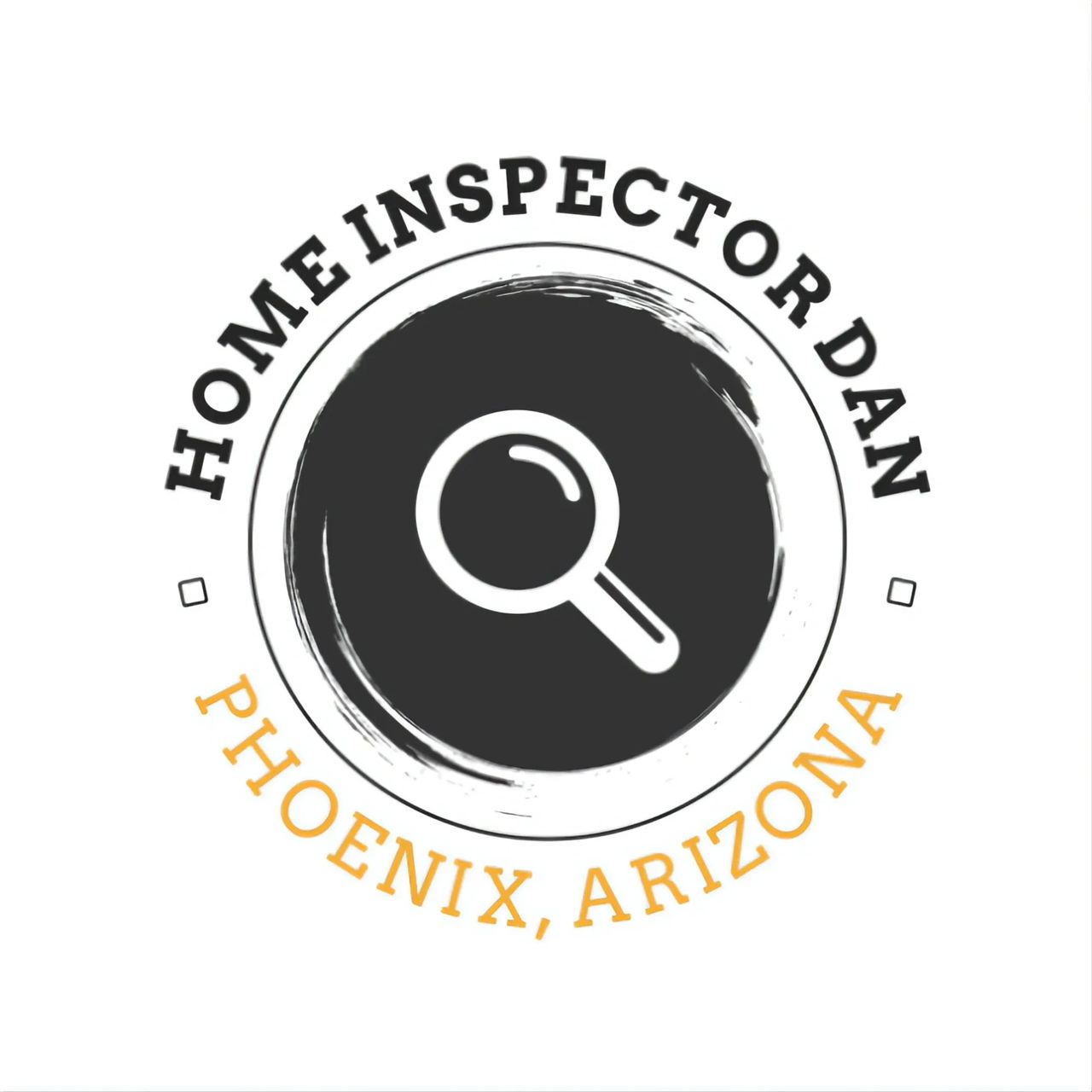
 Hi, I’m Home Inspector Dan — owner of Property Inspections Plus and a
Hi, I’m Home Inspector Dan — owner of Property Inspections Plus and a 